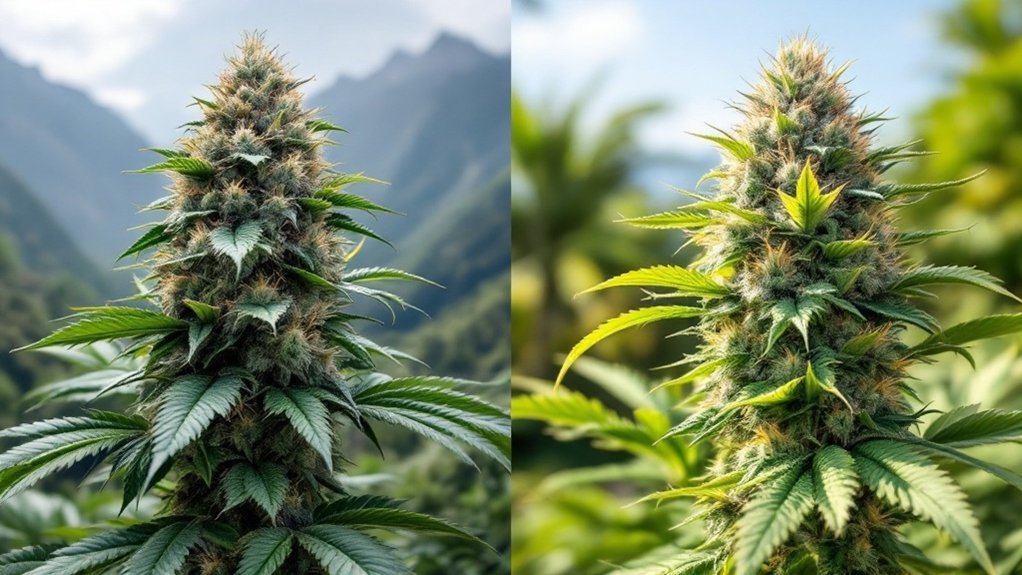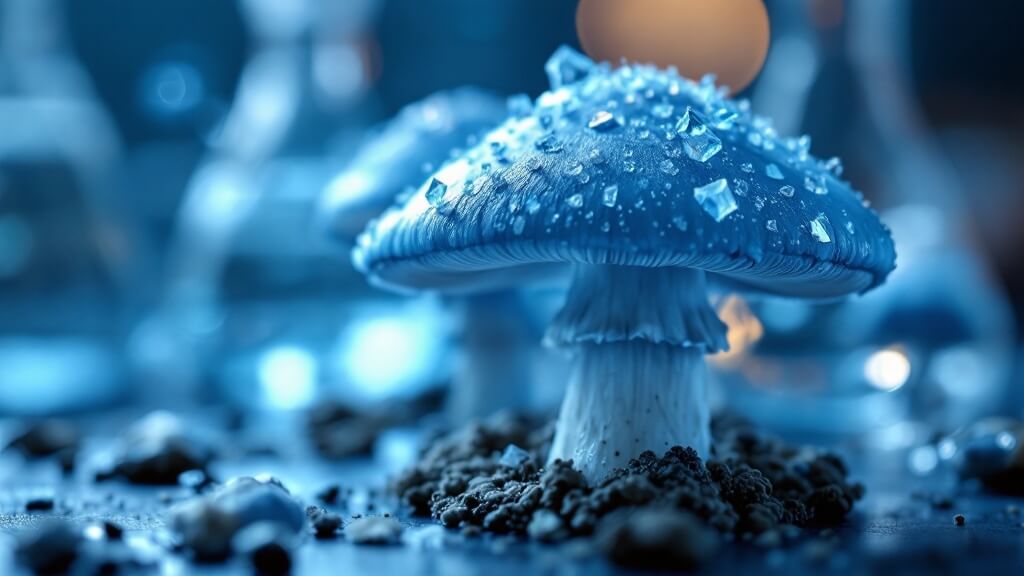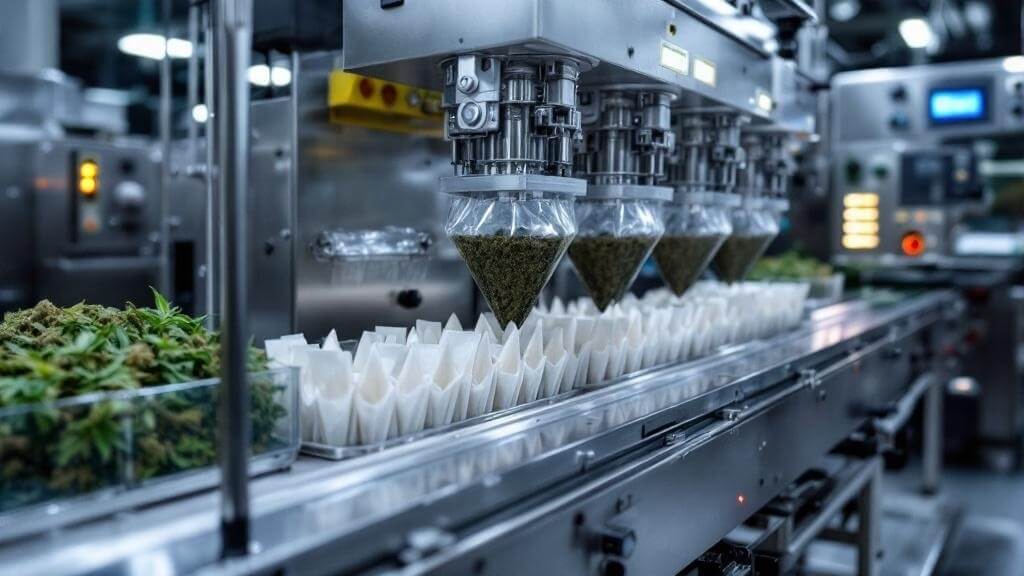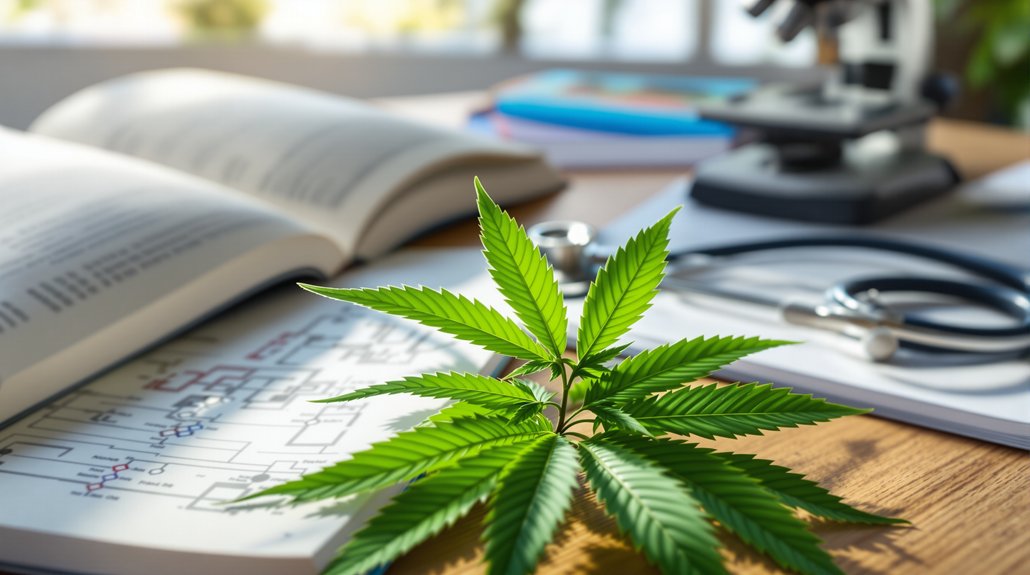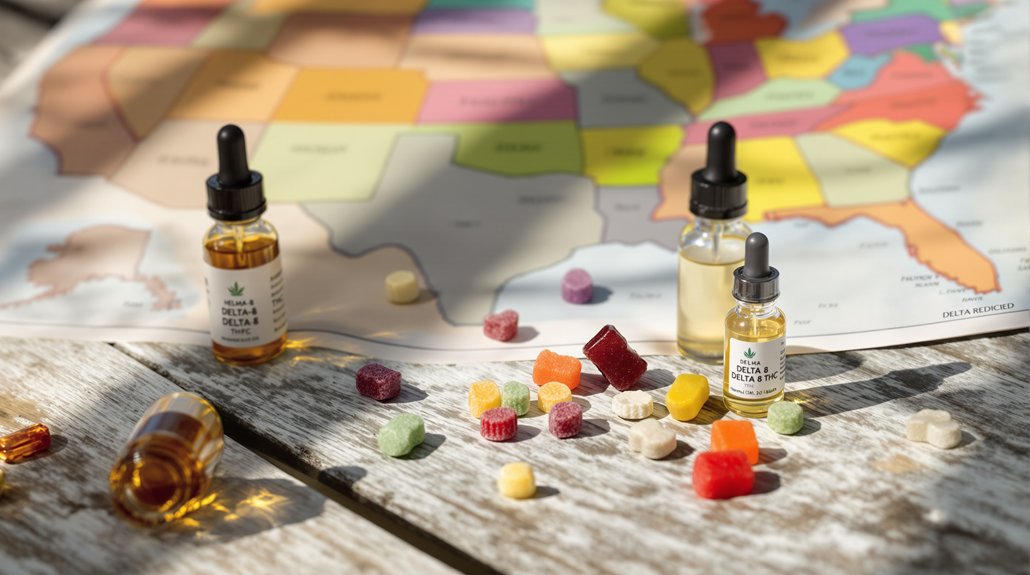Indica and sativa cannabis types differ greatly in physical structure, geographic origins, and effects. Sativa plants grow tall with light green, finger-like leaves, delivering energizing, cerebral effects suited for daytime use. Indica plants remain short with broad, dark green leaves, producing relaxing, sedative sensations ideal for nighttime usage. Chemical compositions vary, with sativa typically containing higher THC levels while indica often presents more CBD. Their distinct cultivation profiles and regional adaptations influence their therapeutic applications and growth requirements.
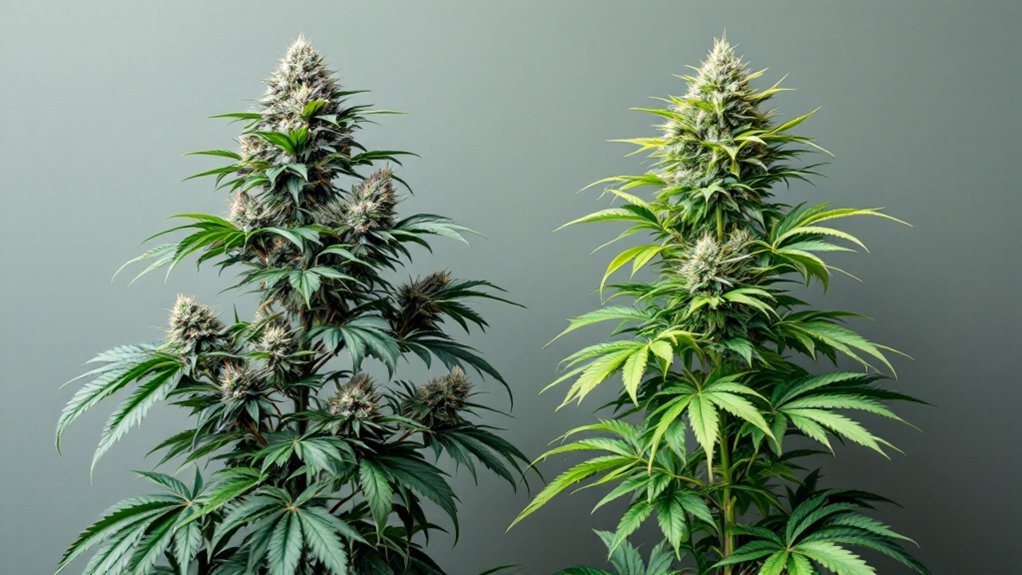
Cannabis connoisseurs have long debated the merits and distinctions between the two primary species of cannabis: indica and sativa. These varieties differ considerably in their physical characteristics, with sativa plants growing tall and thin, often exceeding six feet in height, displaying finger-like light green leaves. Indica plants, conversely, present a short, stocky profile typically under six feet, characterized by wide, broad, dark green leaves. Their structural differences extend to their flower formations as well, with sativa producing airy, elongated buds while indica develops dense, clustered formations. The THC levels in these flowers can vary significantly, with sativa often reaching higher concentrations than indica.
The geographic origins of these species have fundamentally shaped their evolutionary development. Sativa evolved in hot, dry climates with extended daylight hours across Africa, Central America, and parts of Asia, which contributed to its tall, sun-seeking structure. Indica adapted to the harsh, mountainous terrain of the Hindu Kush region spanning Afghanistan, Pakistan, India, and Turkey, resulting in its robust, compact form that withstands extreme environmental conditions. These native environments have influenced both species’ resilience and morphology through centuries of adaptation. Indica is often recognized by its skunky smell that distinguishes it from other cannabis varieties.
Geography is destiny: cannabis varieties are living chronicles of their native environments, shaped by millennia of adaptation to wildly different worlds.
The chemical compositions of indica and sativa varieties differ significantly in their cannabinoid profiles. Sativa typically contains higher concentrations of THC and lower CBD levels, while indica often presents higher CBD content, though considerable THC remains present. These biochemical variations contribute to their distinctive effects, though it’s crucial to highlight that individual strain chemistry influences potency and medicinal value more than species classification alone. Beyond cannabinoids, the unique terpene profiles of each strain significantly contribute to their different effects and therapeutic potential.
The effects experienced by users further differentiate these cannabis types. Sativa typically delivers an energizing, uplifting experience often described as a “mind high,” making it suitable for daytime use. Indica produces a relaxing, sedative “body high” that may cause what users term “couchlock,” making it preferable for evening consumption. These characteristic effects influence their respective medical applications, with indica commonly employed to reduce nausea, alleviate pain, stimulate appetite, and promote sleep. Sativa strains are frequently utilized to enhance mood, creativity, and focus, potentially benefiting those with depression or fatigue. The average THC content in these strains can range from 10% to 30%, impacting their overall potency and effectiveness.
From a cultivation perspective, these species present distinct growing profiles. Sativa requires longer maturation cycles and thrives in outdoor environments with warm climates. Indica’s rapid growth cycle and dense bud structure make it ideal for indoor cultivation where space limitations exist.
Despite these categorical differences, modern cannabis cultivation has produced countless hybrid varieties that combine characteristics of both species to achieve specific growth patterns and effect profiles.
Frequently Asked Questions
How Do Hybrid Cannabis Strains Compare to Pure Indicas and Sativas?
Hybrid cannabis strains combine genetic traits from both indica and sativa varieties, offering a spectrum of effects that pure strains cannot provide individually.
While pure indicas typically produce sedative, body-centered effects with higher CBD content, and pure sativas deliver energizing, cerebral experiences with higher THC levels, hybrids can be customized to express specific ratios of cannabinoids and terpenes.
Most commercial cannabis today consists of hybrids, as decades of crossbreeding have made truly pure strains increasingly rare.
Can Lab Testing Determine if a Strain Is Indica or Sativa?
Laboratory testing cannot definitively determine if a strain is purely indica or sativa.
Modern cannabis testing focuses on chemical profiles rather than botanical classifications, analyzing cannabinoid content and terpene compositions through HPLC and LC-MS/MS methods.
Most commercial strains are hybrids with mixed genetic backgrounds, making traditional indica/sativa distinctions scientifically obsolete.
Scientists increasingly favor chemotype classifications based on cannabinoid ratios and thorough terpene profiles as more accurate alternatives to the traditional taxonomy.
Do Different Cannabis Types Require Different Growing Conditions?
Different cannabis types indeed require distinct growing conditions.
Indica plants thrive in cooler environments 54-81°F (18-27°C) while sativas prefer warmer temperatures 75-86°F (24-30°C).
Humidity needs also differ, with sativas generally preferring more humid conditions.
Nutrient requirements vary between types, with sativas benefiting from increased nitrogen for their taller growth patterns.
Additionally, growth cycles differ greatly—sativas require 10-16 weeks to bloom, considerably longer than indica varieties which flower in 8-12 weeks.
These differences necessitate customized cultivation approaches for ideal results.
How Do Terpenes Influence the Effects of Indica and Sativa?
Terpenes greatly shape the effects of cannabis varieties through the entourage effect, working synergistically with cannabinoids to modulate experiences.
Myrcene levels above 0.5% typically indicate indica effects, producing relaxation and sedation, while lower levels suggest sativa properties.
Limonene and terpinolene contribute to sativa’s uplifting, energetic effects, while caryophyllene offers stress relief across both types.
Research indicates that terpene profiles more accurately predict a strain’s effects than traditional indica/sativa classifications, with combinations of terpenes rather than individual compounds determining the overall experience.
Are Medical Cannabis Prescriptions Specific to Indica or Sativa Types?
Medical cannabis prescriptions rarely specify only indica or sativa types, focusing instead on specific cannabinoid and terpene profiles.
Clinicians prioritize the chemical composition of products—particularly THC/CBD ratios and terpene content—to target specific symptoms and conditions.
Most available medical cannabis products are hybrids that blend characteristics from both plant types.
The industry is moving toward standardization based on chemical analysis rather than traditional strain classifications, ensuring more predictable therapeutic outcomes for patients.
